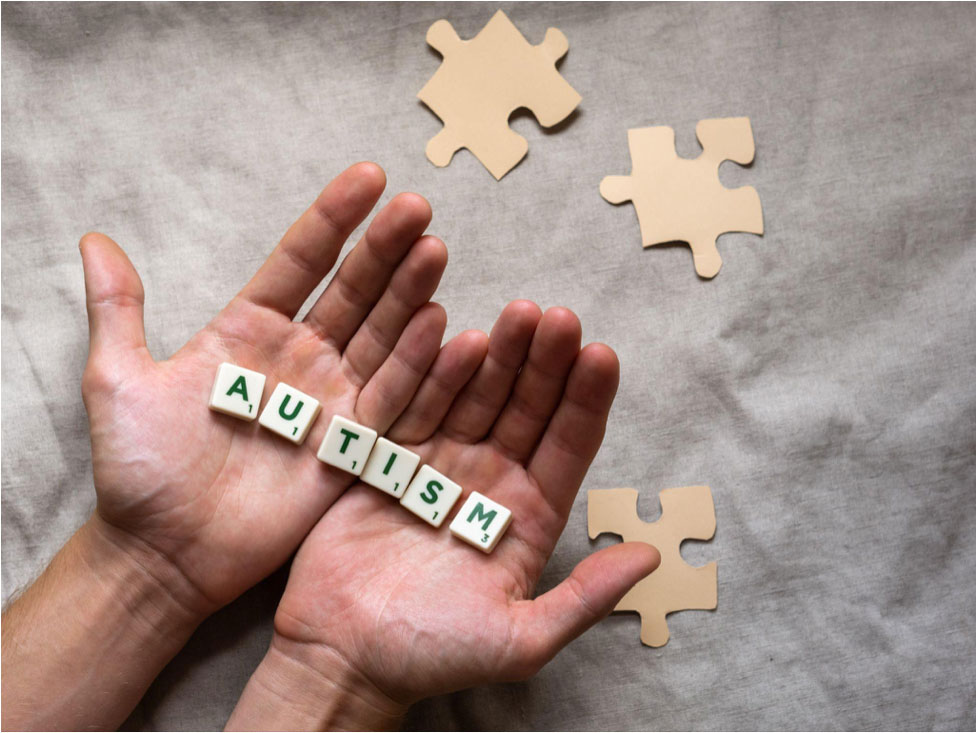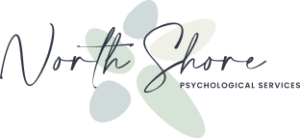As a teacher, you’re not just educating students — you’re also managing behaviours, emotions, social interactions, and safety issues.
It’s a demanding and difficult task.
It can feel even harder when you also need to manage the needs of a child with autism within your classroom — especially if you haven’t received specialized training.
But there are things you can do to help reduce conflicts and create a supportive learning environment. In this article, we explore 8 autism teaching strategies that allow you to confidently support students with autism so they reach their full learning potential.
Understanding autism: What teachers should know
The 2019 Canadian Health Survey on Children and Youth (CHSCY) reports that 1 in 50 Canadian youths ages 1 to 17 years have a diagnosis of autism spectrum disorder (ASD) [1].
Additionally, the CHSCY found that over three-quarters of school-aged youth with ASD also had special education needs. Some common areas of difficulty included trouble:
- Accepting change
- Making friends
- Learning
- Controlling behaviour
- Anxiety
- Communication
Many children and teens with autism won’t be able to emotionally share with you like other students. They may be unable to manage their behaviours as you’d expect for someone their age — potentially leading to frequent disruptions, such as blurting out, behaving unpredictably, or not respecting other students’ space.
Additionally, they may have few friends, limited support, and few, if any, who understand them.
Yet, while students with autism often are dealing with multiple challenges, they can thrive in the classroom when given the right types of support for them.
8 Effective Autism Teaching Strategies for Students
Teaching students with autism can come with unique challenges, but it’s also incredibly rewarding when you see them learning at their full potential.
When trying strategies, it’s important to monitor the approach’s effectiveness for that particular student. You may need to make some adjustments to better adapt the strategy to that student’s needs. Communicating with fellow teachers and the student’s parents will help.
Here are 8 effective, and often necessary, ways to support your students with autism in the classroom.
1. Stay in contact with the student’s parents
The student’s parents and caregivers are the experts on their child and an invaluable resource. Their observations and experiences will give you a head start on understanding how to support the student in the classroom so they can succeed.
The parents can help you better understand the student’s learning style, triggers, signs of sensory overstimulation, routines that help, and more. So, you’ll ideally want to talk with them before the start of school or very early in the year. Additionally, it will help to stay in regular contact with them throughout the year.
2. Tap into the student’s learning strengths
All children have learning strengths. Ideally, you will gain some initial insights into your student’s strengths when speaking with their parents and your school’s resource coordinator. As you work with the child, you’ll also experience what types of learning works best for them.
That said, some common learning strengths for students with autism include:
- Visual learning: Most individuals with ASD are visual learners. Visual learning is typically more permanent, fixed, and predictable than auditory learning. Students with autism may struggle if the information is only presented verbally since they may not be able to process the auditory information at the pace it’s presented. However, incorporating visual cues and supports can help them learn and retain information better.
- Detail-oriented: Many students with ASD will dive deep into topics that interest them, often going beyond the curriculum requirements.
- Learning by doing: Most children do best when they can engage with the information and incorporate multiple sensory experiences.
3. Create a predictable, structured classroom experience
Many students with autism experience sensory sensitivity, resulting in them getting overwhelmed or overstimulated by their environment. However, routines and predictability can help ease anxiety, reduce fear about changes, and help provide clear starts and finishes to different parts of their learning day.
Talking with their parents and past teachers can help you learn what types of experiences can become too stimulating, signs that the student is starting to become overstimulated, and strategies that help them calm before they become too overwhelmed.
Additionally, children with ASD often do quite well in a structured, predictable environment. So you can help support them by creating a structured classroom environment, such as:
- Sticking to a clear daily schedule
- Having an organized classroom so it’s clear what activities happen in each area and materials needed are kept in a reliable place
- Incorporating visual supports or clear cues that signal a transition in their day is about to occur, such as leaving the classroom to go to lunch or another class
- Having a safe space they can go to when they start to feel overwhelmed
4. Incorporate visual cues and supports
As mentioned, visual cues are a critical tool to help support students’ learning. Consulting with their parents or past teachers can help you identify what types of cues have helped in the past.
Finding the right combination of visual supports that work for each student can take some trial and error. Fortunately, visual supports can be in many forms and help the student in various ways.
Some examples of visual cues and supports include:
- Photographs or pictures, consider including text as well
- Line drawings
- Short videos to demonstrate concepts
- Images of the classroom rules
- Demonstrations or modeling behaviours and activities instead of lengthy verbal instructions
- Creating a visual timetable that shows their activities for the day in order
5. Avoid overstimulating students with ASD
Unexpected events, loud noises, and certain smells and types of lights can be overstimulating for children with autism.
You can help reduce these types of experiences by:
- Talking with their parents and past teachers so you know what triggers their sensory overload
- Keeping the classroom environment as calm as possible
- Trying to minimize clutter in the room (which may take a balance between having visual cues present to help but not overwhelming the student)
- Allowing noise-canceling headphones at certain times, especially if the sound of the school bell or other signal is triggering
- Providing a quieter space or area in the cafeteria for lunch if the crowds and noises are overwhelming
- Letting them transition to classes either before others or slightly after to avoid crowds
6. Provide clear, short verbal instructions
Most students with autism respond best when verbal information is short and clear. The information is easier to follow and understand. For instance, you may need to avoid using metaphors or rhetorical questions. Allow time for them to process information, especially if there are no visual cues. Additionally, try to keep instructions to one step at a time.
As suggested earlier, knowing the student and their strengths is important. So, consult with their parents to get a better sense of how their child best responds to verbal information.
7. Incorporate their interests into the learning day as much as possible
Most individuals with ASD develop highly focused interests, whether it’s learning everything they can about motors, electronics, an animal, or a particular history topic.
You can use this passion and strength to help engage them in activities and school work. Additionally, they will respond positively to you, showing interest in what’s important to them, making them feel happier and more motivated.
Incorporating their interests may require creativity when planning lessons and homework assignments. But it can make a big difference in their engagement. Additionally, you may be able to incorporate their interests into aspects of classroom or school activities, which can encourage them to participate.
8. Provide support to assist with transitions during the school day
Changes, transitions, and unpredictable events are unavoidable at schools. However, these can cause anxiety and overwhelm for many students with autism.
You can help by preparing the student as much as possible and helping to make regular transitions part of their routine. For example, if there will be a change in the teacher or classroom, you can show them the classroom several days before the change or have a mentor or trusted staff with them when first meeting the new teacher.
If hallway transitions between classes are difficult, have someone escort them before or after the other students enter the hallways. If the alarms of a safety drill overwhelm them, let them put on noise-canceling headphones a few minutes before the alarm sounds.
Teaching students with autism is a rewarding experience
It can take time and patience to build rapport with students with ASD. And sometimes, even your best intentions won’t turn out the way you’d hoped. Each student with autism is unique, so you may need to adjust strategies to fit their needs.
As their teacher, you can create a supportive learning environment that engages them, provides a positive school experience, and incorporates strategies that fit their needs.
Sources
- Autism spectrum disorder: Highlights from the 2019 Canadian health survey on children and youth. (Website: Government of Canada)



